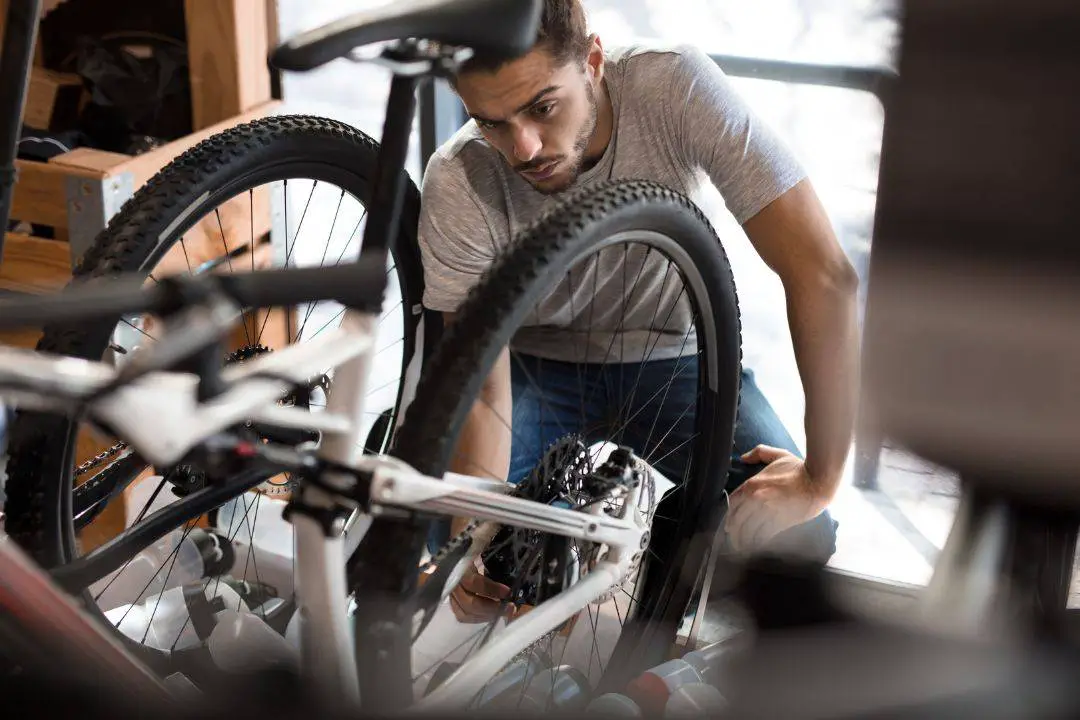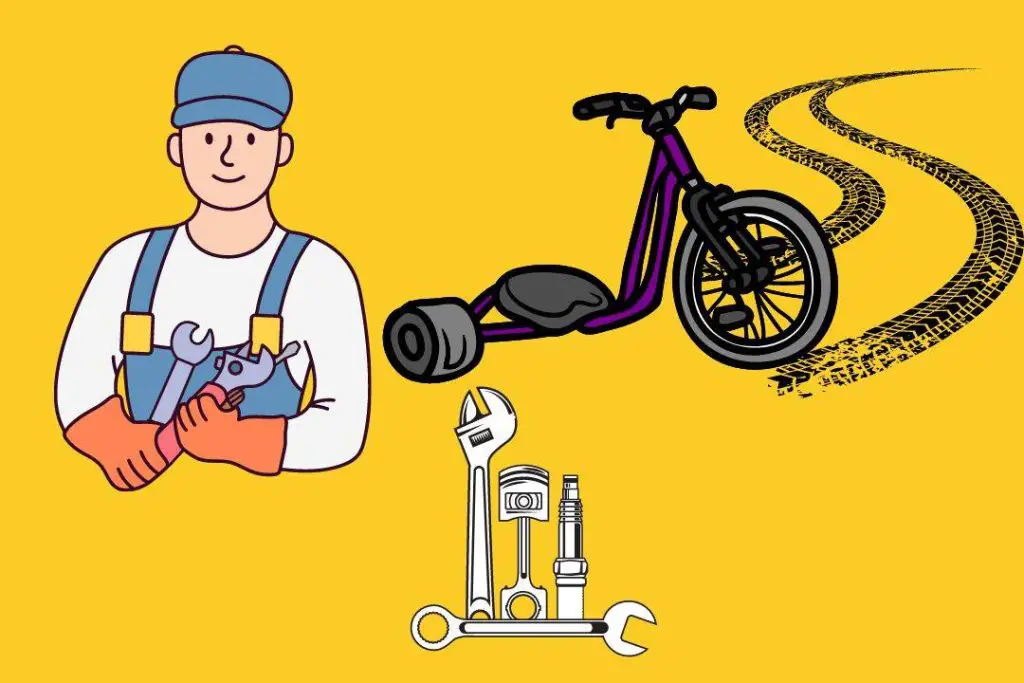Drift trikes are incredibly fun and simple to build. They’re a mix of a bicycle and a go-kart, and can be put together quickly, easily, and inexpensively. In this guide, we’ll show you how to build a drift trike at home using basic tools and materials.
Build a Drift Trike at Home – Step-by-Step Guide
Step 1: Gather Your Materials
To build a drift trike, you’ll need the following materials:
- A bicycle front end with brakes
- A boat exhaust or similar tubing for the main frame
- One-inch piping for additional frame support
- A GoPower Sports 212 motor mount and live axle kit
- Engine (We are going with A Predator 212 engine)
- Drift sleeves (free or cheap from a plumbing supply store Buy from Amazon)
- Lock collars, bearings, and sprocket hubs
- Wheels (Check on Amazon)
- A comfortable seat (go-kart seat or repurposed chair)
Step 2: Assemble the Frame

Start by welding the boat exhaust tubing to the one-inch piping to create the main frame. Attach the bicycle front end to the frame, making sure the brakes are properly connected.
If the steering feels too twitchy, you may need to adjust the rake of the front end by cutting and re-welding the frame at a different angle.
Step 3: Install the Engine and Axle
Place the Predator 212 engine onto the GoPower Sports motor mount, then install the gas tank. Attach the live axle kit to the engine, ensuring it’s properly aligned.
The axle setup should consist of a wheel, drift sleeve, lock collar, live axle, bearings, sprocket, sprocket hub, another lock collar, and a second wheel with a drift sleeve.
Step 4: Adjust the Steering
If the steering still feels too responsive, you can make further adjustments by cutting and re-welding the frame.
Ideally, you want the steering to be smooth and stable, without being overly twitchy.
Step 5: Mount the Seat
Determine the best position for your seat and mark where it will be attached to the frame.
Cut pieces of flat bar to the appropriate length and weld them to the frame to create mounting points for the seat.
Attach the seat securely, using carriage bolts if possible for added comfort.
Step 6: Fine-Tune the Carburetor
Test drive your drift trike and check if the carburetor needs adjustment. If the engine runs better with the choke on, it may be too lean, so adjust the carburetor accordingly.
Step 7: Enjoy Your Drift Trike!
Once you’ve made all the necessary adjustments, it’s time to have fun with your drift trike! Remember to always wear appropriate safety gear and ride responsibly.
FAQs
How much would it cost to build a drift trike?
A rough estimate for a basic drift trike build would be around $400 or even cheaper if you can find good deals on an engine, bicycle parts, or other components. Keep in mind that this is just an estimate, and your actual costs may differ based on your specific choices and local prices.
What size engine do you need for a drift trike?
A 6.5 to 7.5 horsepower engine is ideal for a drift trike. The most commonly used engine in this power range is the Predator 212cc, which is a 6.5 horsepower engine. This engine provides enough power for drifting and sliding while maintaining a manageable speed for safety. However, you can always choose a more powerful engine if you’re looking for a faster drift trike, but keep in mind that it may require additional modifications to accommodate the increased power.
What type of brakes should I use for my drift trike?
For a drift trike, you can use bicycle disc brakes or caliper brakes on the front wheel, as they provide enough stopping power for the trike’s speed and weight. However, if you want more braking power, you can explore the option of adding hydraulic brakes or even incorporating a rear brake system.
As an Amazon Associate, I earn from qualifying purchases, at no additional cost to you. Read Our Affiliate Disclosure.

